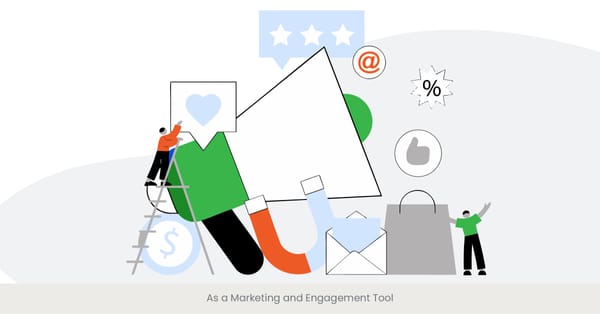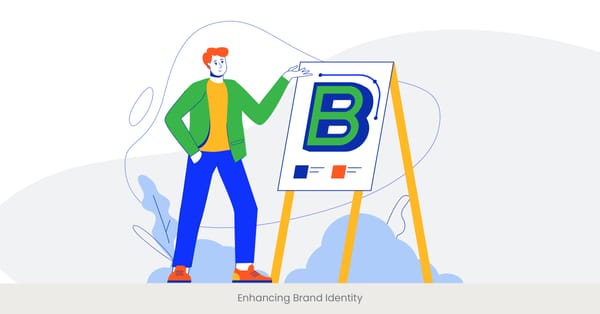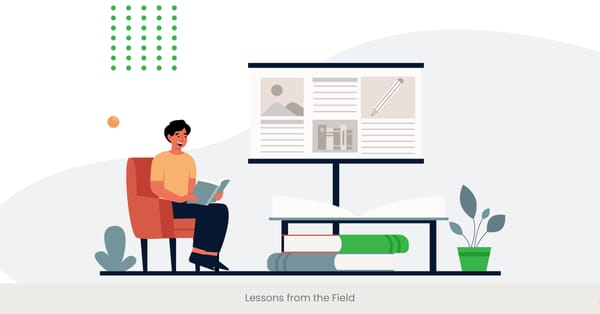
Finding and Using Design Templates
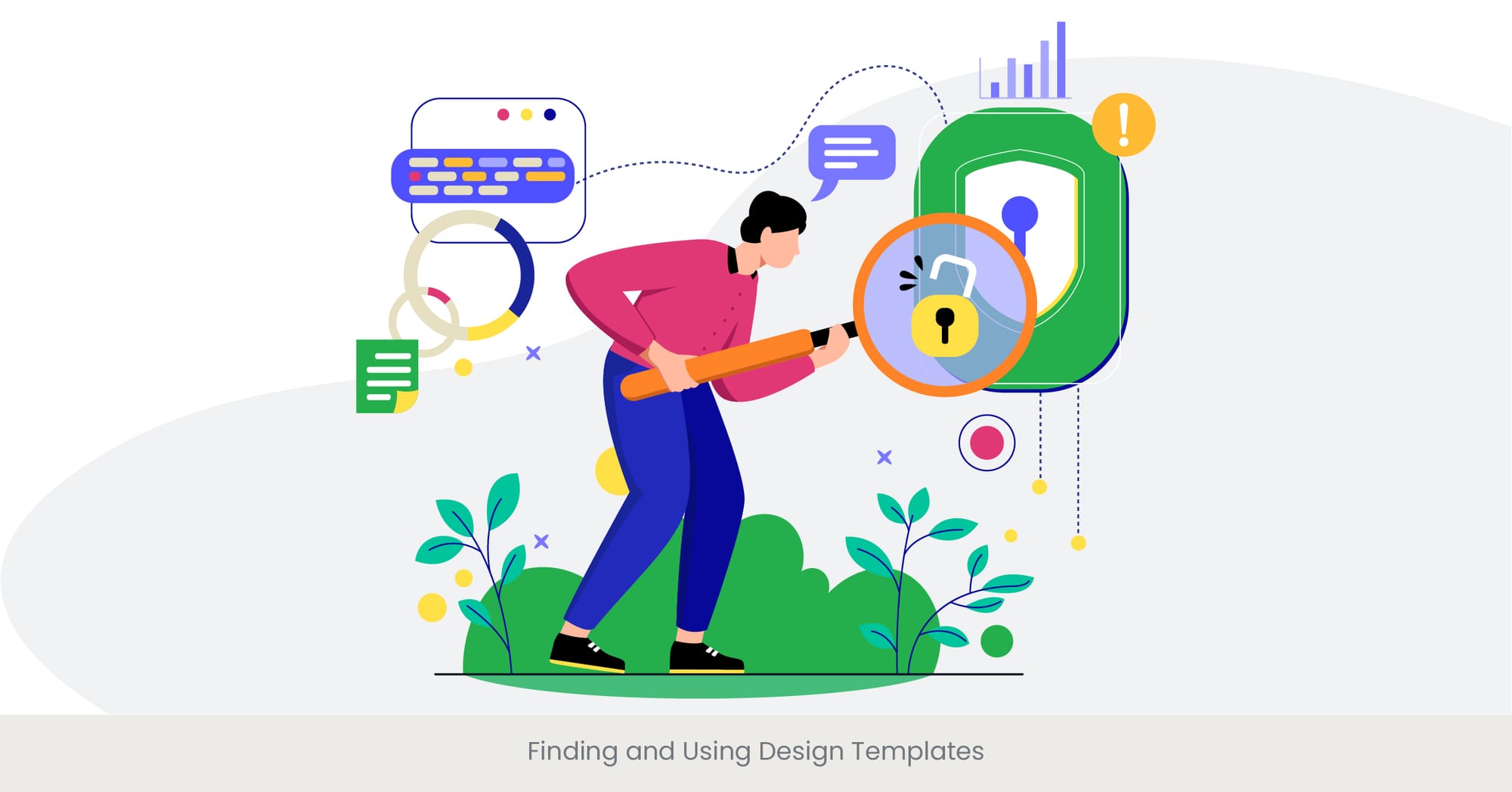
Introduction: Leveraging Design Templates for Efficiency
Design templates are invaluable resources that streamline the creative writing process and ensure consistency across projects. Whether you're working on a coffee table book design layout or creating promotional materials, templates provide a solid foundation that can save time and effort. These pre-designed frameworks are particularly useful for coffee table book designers who need to maintain a cohesive aesthetic while focusing on the creative aspects of their work. Customization options, like coffee table book mockups, allow designers to visualize their project before final production.
Background: The Evolution and Variety of Templates
The use of design templates has evolved significantly, offering a wide range of options to suit different needs. Initially, templates were basic and limited, but advancements in design software have expanded their capabilities. Today, you can find templates for virtually any design project, including creative coffee table book design layouts, brochures, websites, and more. Platforms like Adobe Stock, Canva, and Envato Elements offer extensive libraries of templates that cater to various styles and purposes. These resources have become essential for both novice and professional designers, providing ready-made solutions that can be easily customized to produce engaging content for coffee table books.
Real-World Applications: Templates in Coffee Table Book Design
In practice, using templates can significantly enhance the efficiency and quality of a coffee table book design project. For example, a coffee table book designer might use a layout template to ensure that the visual elements are well-organized and aesthetically pleasing. By starting with a template, designers can focus on selecting high-quality photographs and crafting engaging content for coffee table books without worrying about the structural details. Real-world examples include fashion coffee table books that use elegant templates to highlight stunning visuals and high-quality photographs, creating an eye-catching and professional final product.
Ready to bring your coffee table book ideas to life?
Let INK PPT’s expert design team help turn your vision into a beautifully crafted product. Explore our services and see how we can support your project.
References and Validation
The effectiveness of using design templates is supported by industry research and expert opinions. According to a study by Adobe, using templates can reduce design time by up to 50%, allowing designers to focus more on creativity and less on repetitive tasks. Additionally, a report by Canva indicates that templates are particularly beneficial for small businesses and self-publishers, providing them with professional-quality designs without the high costs of hiring a professional designer. These findings underscore the value of design templates in enhancing productivity and ensuring high-quality outcomes for creative coffee table book design projects.
Customizing Templates for Your Project
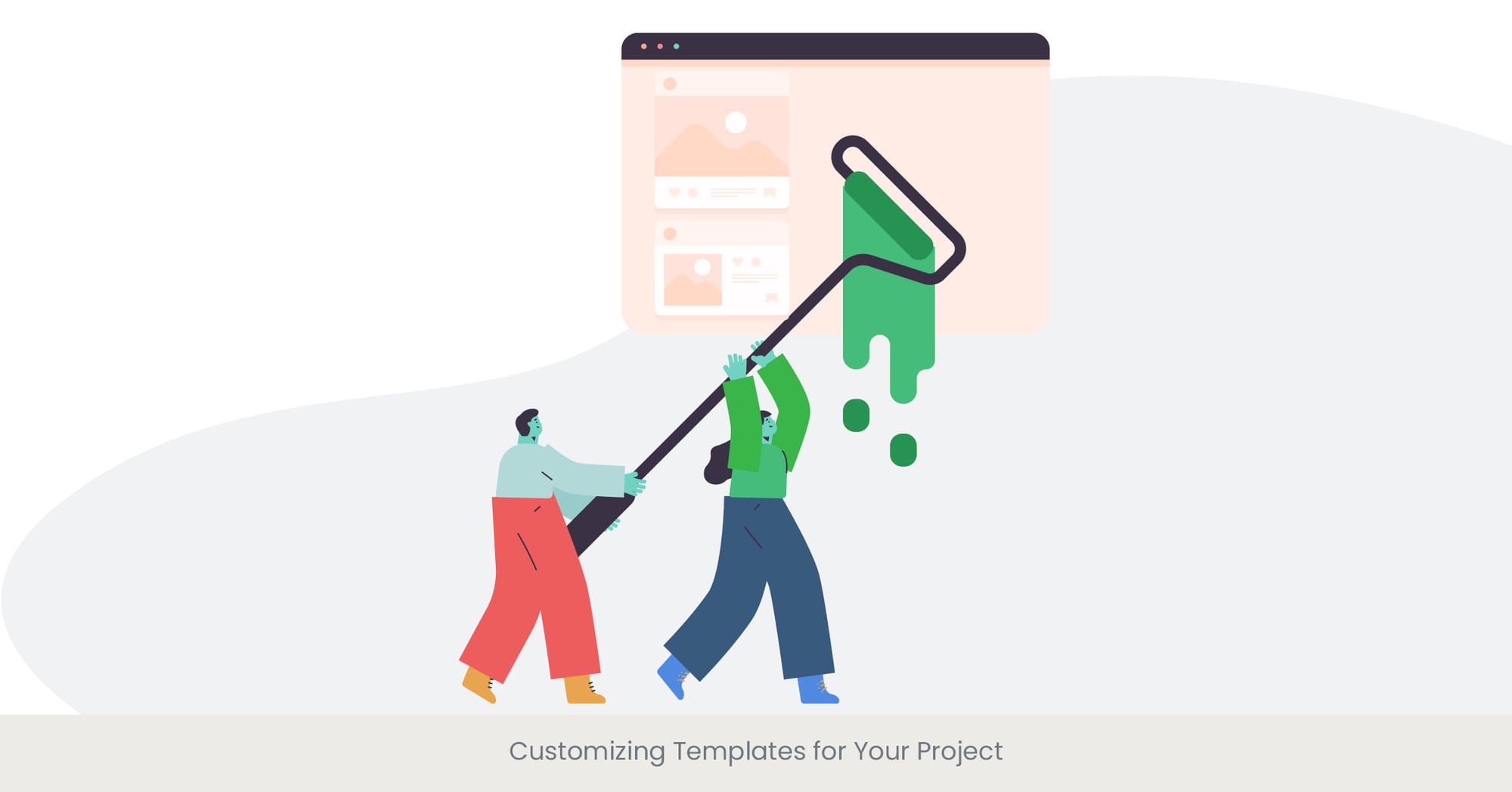
Introduction: Making Templates Your Own
Customizing templates allows designers to add a unique touch to their projects while maintaining the structural integrity and consistency that templates provide. This process is particularly beneficial for coffee table book designers who want to personalize a coffee table book design layout to reflect a specific theme or style. Customization involves adjusting colors, fonts, images, and other elements to align with the project’s vision and branding. Creative coffee table book design is all about showcasing content in a unique and professional way.
Background: The Importance of Personalization
The ability to customize templates is crucial for ensuring that the final design aligns with the project's goals and aesthetic. While templates provide a starting point, personalization is what makes the design truly unique. Design software like Adobe InDesign and Illustrator offer extensive customization options, allowing designers to tweak every aspect of a template. Understanding the principles of good design, such as balance, contrast, and hierarchy, is essential for effective customization. Coffee table book mockups are perfect for visualizing customized designs before finalizing them.
Real-World Applications: Customizing Coffee Table Book Templates
In practice, customizing a coffee table book layout design involves several steps. For instance, a coffee table book designer might start with a template that has a general layout for images and text. They can then customize the template by changing the color scheme to match the book's theme, selecting fonts that enhance readability and style, and replacing placeholder images with high-resolution photographs. Real-world examples include custom coffee table books for specific brands or events, where designers have tailored templates to create a cohesive and branded look. This level of customization ensures that the final product is both professional and unique.
Looking for design tips to elevate your coffee table book layouts? This video, 9 Coffee Table Book Styling Design Tips and Tricks You Should Know, is perfect for anyone wanting to make their coffee table books not just functional, but a statement piece. From expert hacks to creating a polished, high-end look at home, this tutorial will show you how to style like a designer. Whether you're designing a book for a client or sprucing up your home, these tips will help you achieve a chic, designer-quality result.
Check out the video below and get ready to transform your coffee table book design!
References and Validation
The benefits of customizing templates are well-documented in design literature and industry studies. According to a report by the American Institute of Graphic Arts (AIGA), personalization in design significantly enhances the overall impact and effectiveness of the final product. Adobe's design tutorials emphasize the importance of customization, noting that tailored templates can lead to a more engaging and visually appealing design. Furthermore, a survey by Creative Bloq found that 70% of designers believe that customizing templates saves time while allowing for creative expression. These references highlight the value of customization in producing high-quality, unique designs for coffee table books.
Free vs. Paid Resources

Introduction: Weighing Your Options
When embarking on a design project, choosing between free and paid resources can significantly impact the quality and outcome of your work. Both options have their advantages and disadvantages, depending on your budget, project requirements, and desired level of customization. For coffee table book designers, selecting the right resources is crucial for creating a professional and visually appealing coffee table book design layout.
Background: Understanding Free and Paid Resources
Free design resources, such as templates, fonts, and stock images, are widely available on platforms like Canva, Pexels, and Google Fonts. These resources are accessible and budget-friendly, making them an attractive option for small businesses and self-publishers. However, they often come with limitations in terms of customization and quality. Paid resources, on the other hand, offer higher quality and more extensive customization options. Websites like Adobe Stock, Envato Elements, and Shutterstock provide premium templates, high-resolution images, and unique fonts that can elevate the quality of a design project. Investing in paid resources can be particularly beneficial for professional designers aiming to produce top-tier work, such as coffee table book printing services.
Real-World Applications: Using Resources in Coffee Table Book Design
In practice, the choice between free and paid resources can influence the final product's quality and uniqueness. For example, a coffee table book designer working on a luxury fashion book might opt for paid resources to access high-resolution images and exclusive fonts that enhance the book's visual appeal. Conversely, a designer creating a personal or low-budget coffee table book could effectively use free resources while controlling production costs and still achieving a polished look. Real-world examples include successful projects that leverage a mix of free and paid resources to balance quality and cost, ensuring that the coffee table book stands out without breaking the budget.
References and Validation
Industry research and expert insights highlight the importance of selecting the right resources for your design projects. A survey by Design Week found that 65% of professional designers prefer using paid resources due to their superior quality and customization options. Additionally, Adobe's Creative Cloud blog emphasizes the value of investing in high-quality design assets to achieve professional results. These findings support the notion that while free resources are useful, paid resources often provide the extra edge needed for high-quality, standout designs, such as those required for creative coffee table book design layouts.
Stock Images and Graphics
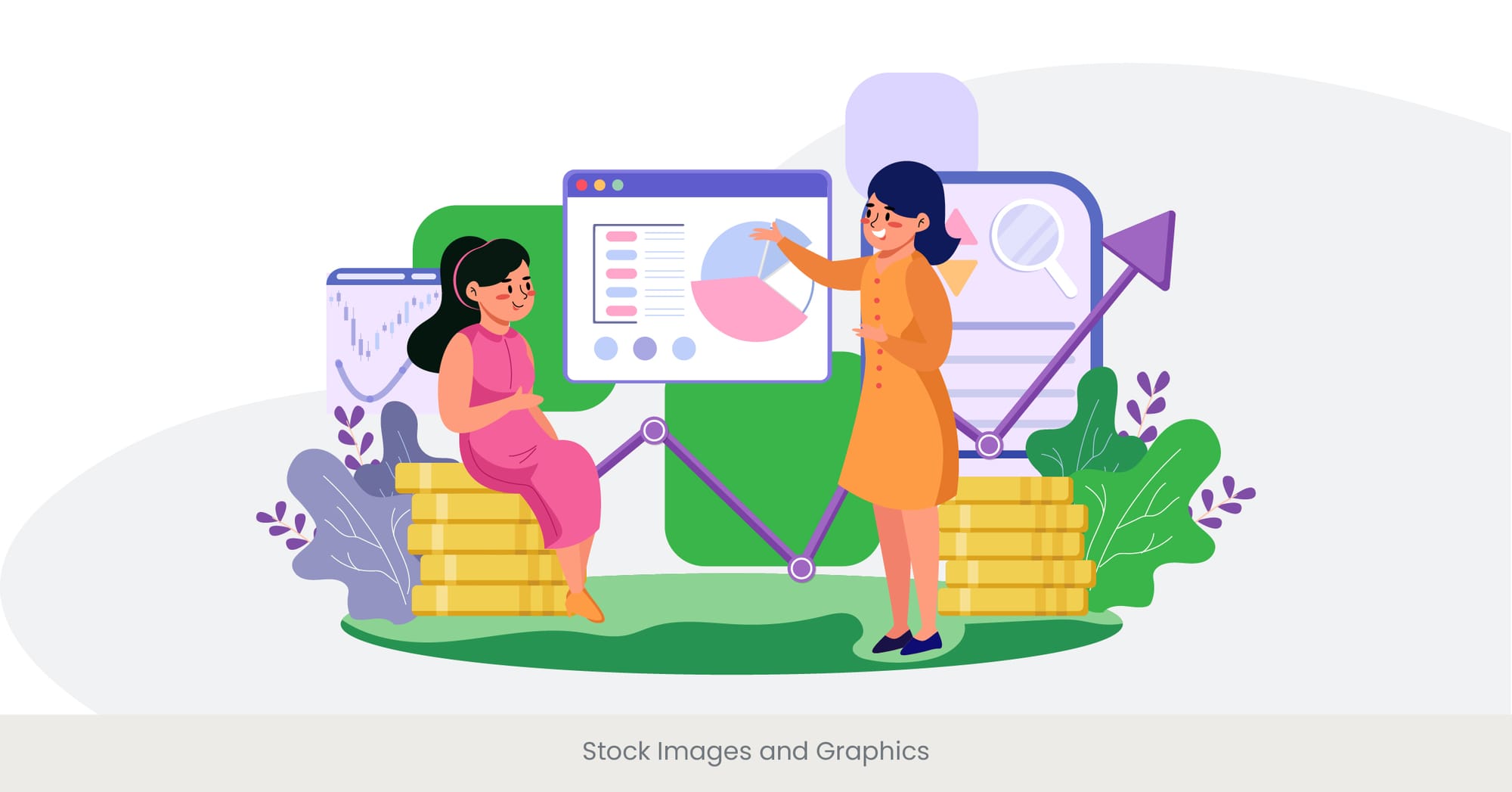
Introduction: Enhancing Designs with Stock Resources
Stock images and graphics are essential tools for designers, providing high-quality visual elements that can enhance any project. For coffee table book designers, using stock images can add stunning visuals and professional polish to their layouts. These resources offer a wide range of options, from high-resolution photographs to intricate vector graphics, making it easier to find the perfect collection of elements to complete a design.
Background: The Evolution of Stock Resources
The availability and quality of stock images and graphics have dramatically improved over the years. Initially, stock images were often generic and low-resolution, but today's stock libraries offer diverse, high-quality options that cater to specific themes and styles. Websites like Shutterstock, Adobe Stock, and Getty Images provide extensive collections of stock photos and graphics, ensuring that designers can find the exact image quality visual elements they need. The development of these platforms has made it possible for designers to access professional-quality images without the need for costly photo shoots or graphic design services.
Real-World Applications: Utilizing Stock Images in Coffee Table Books
In practice, stock images and graphics play a crucial role in coffee table book design. For instance, a coffee table book designer working on a travel book might use high-resolution stock photos to showcase stunning landscapes and vibrant cityscapes. These images can be integrated into the coffee table book layout design to create visually captivating spreads. Similarly, a designer creating a fashion coffee table book might use stock images of models and clothing to enhance the book's visual appeal. Real-world examples include coffee table books that successfully blend stock images with custom photography and graphics, resulting in professional and engaging publications.
References and Validation
The importance of using high-quality stock images and graphics is supported by industry research and expert recommendations. According to a report by the Content Marketing Institute, 72% of marketers believe that high-quality visuals are essential for their content marketing efforts, highlighting the value of stock images in creating compelling visuals. Adobe's guidelines for using stock images emphasize the need for high-resolution imagery and relevant visuals to enhance the overall design quality. These references underscore the significant role that stock images and graphics play in producing professional and visually appealing coffee table book design layouts.
Fonts and Typography Resources
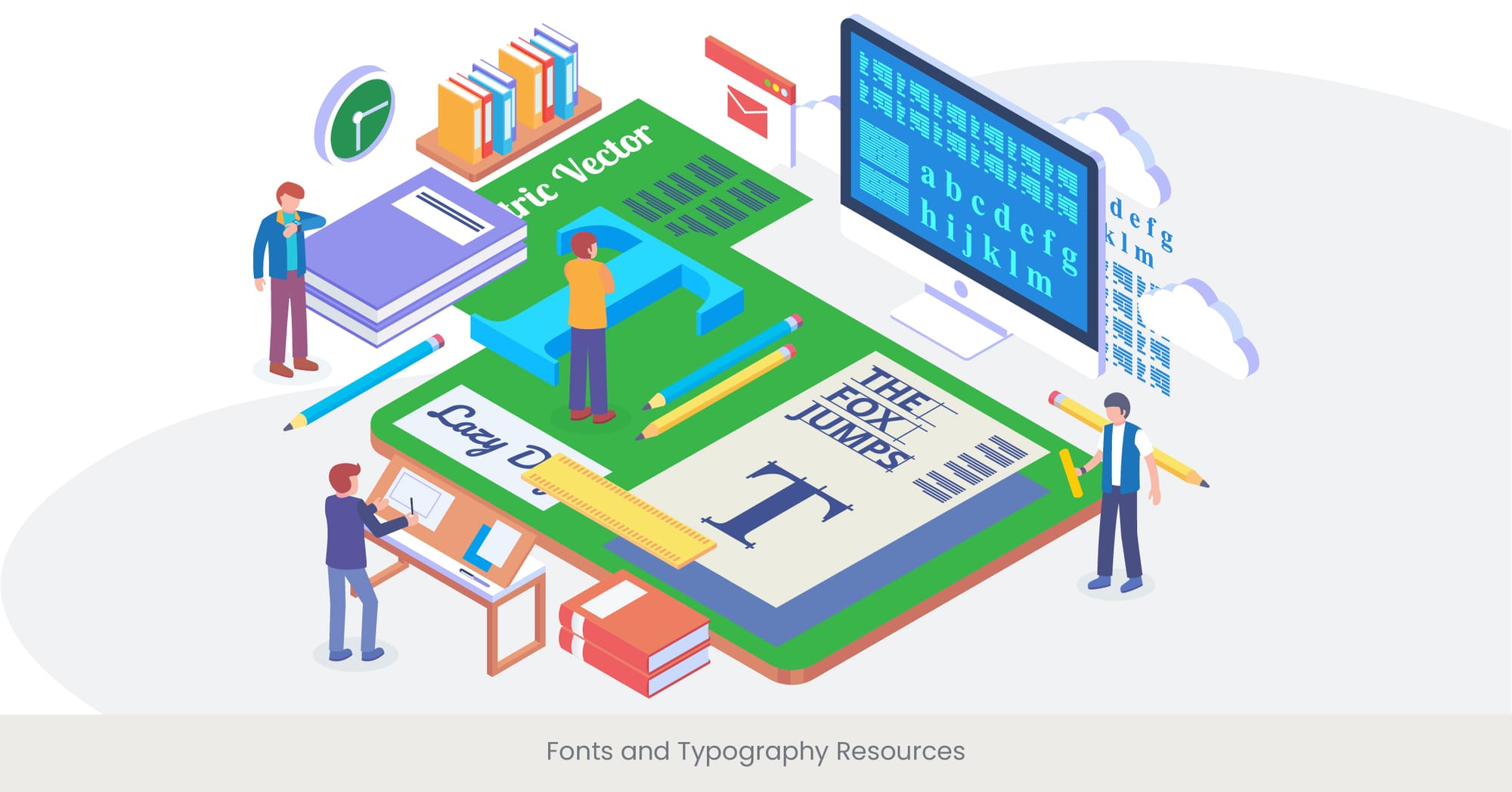
Introduction: The Backbone of Effective Design
Fonts and typography are fundamental elements of any design project, providing both aesthetic appeal and readability. For coffee table book designers, selecting the right fonts is crucial for creating engaging and visually appealing layouts. Typography resources, including font libraries and tools, help designers find and implement the perfect typefaces for their projects, ensuring that the text complements the images and overall design.
Background: The Evolution of Typography Resources
The availability and variety of typography resources have grown significantly over the years. Early designers had limited access to fonts, but the digital age has brought about an explosion of options. Platforms like Adobe Fonts, Google Fonts, and DaFont offer extensive libraries with thousands of typefaces to choose from. These resources cater to various design needs, from classic serif fonts for elegant designs to modern sans-serif fonts for contemporary projects. Understanding the historical context and the evolution of typography helps designers make informed choices about which fonts to use and how to apply them effectively in their layouts.
Real-World Applications: Using Typography in Coffee Table Books
In practice, the choice of fonts can greatly influence the look and feel of a coffee table book. For example, a coffee table book designer working on a vintage-themed book might use classic serif fonts to evoke a sense of nostalgia and sophistication. Conversely, a designer creating a modern art coffee table book might opt for sleek, sans-serif fonts to maintain a clean and contemporary aesthetic. Real-world examples include fashion coffee table books that use bold, custom typefaces to complement high-fashion photography, and travel coffee table books that use playful, handwritten fonts to give a personal touch to travel stories and photographs. These choices enhance the reader's experience and add to the book's overall appeal.
References and Validation
The significance of fonts and typography in design is well-documented. According to a study by the Design Management Institute, effective typography can increase reader engagement by up to 50%, highlighting its impact on the overall design. Adobe's typography resources emphasize the importance of selecting the right fonts to enhance readability and visual appeal. Furthermore, a survey by Creative Bloq found that 80% of designers consider typography a critical component of their design process. These references underscore the essential role of fonts and typography in creating high-quality coffee table book design layouts.
Design Inspirations and Idea Sources
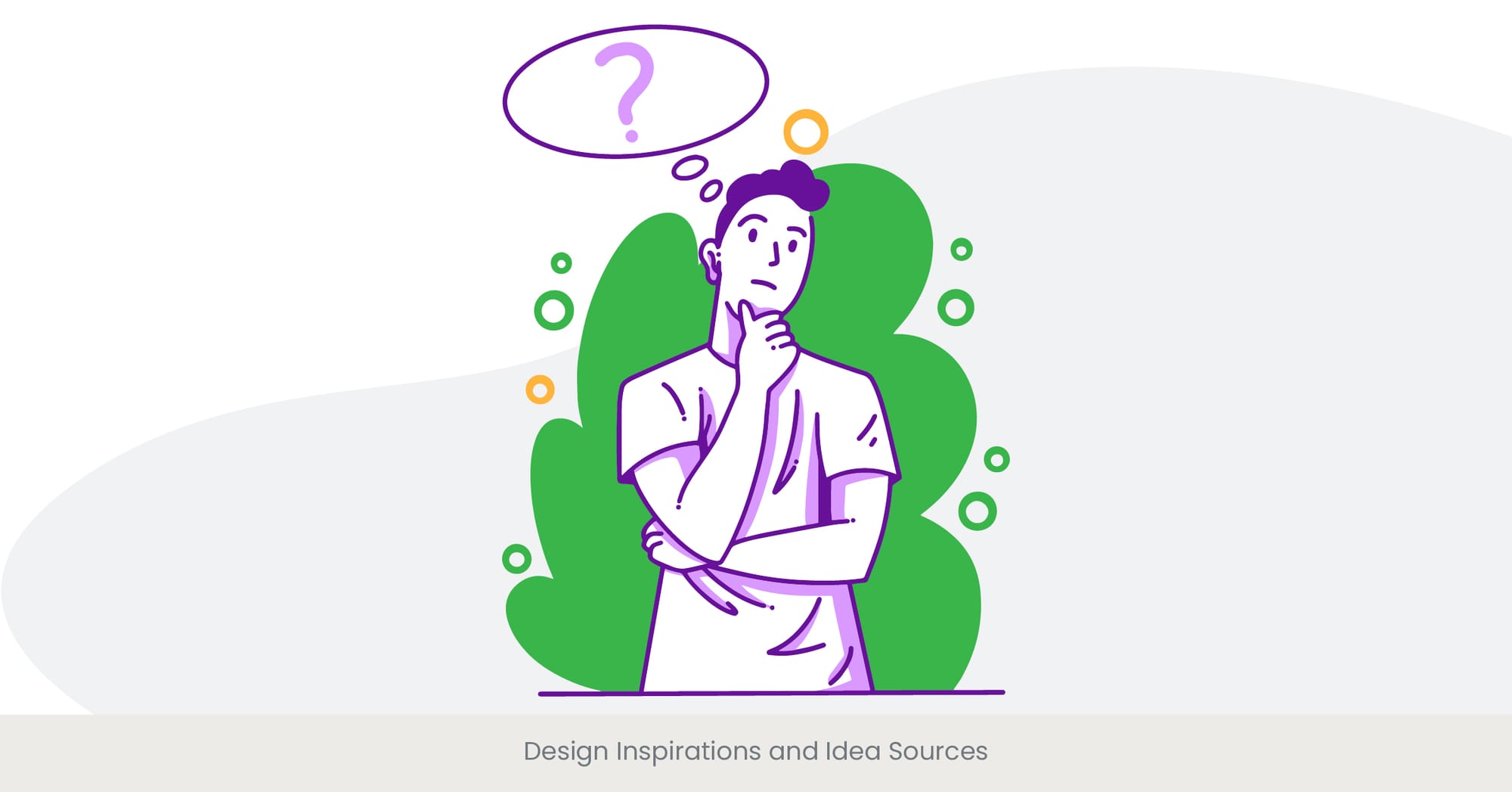
Introduction: Fueling Creativity with Inspirations
Every great design project begins with a spark of inspiration. For coffee table book designers, finding inspiration is a crucial step in the creative process, helping to shape the theme, layout, and overall aesthetic of the book. Design inspirations and idea sources can come from various places, including other books, art, nature, and online platforms. These inspirations are vital for generating fresh ideas and ensuring that the final product is unique and visually compelling. Great creative coffee table book design often emerges from the fusion of these sources.
Background: The Importance of Inspiration in Design
Inspiration plays a pivotal role in the design process, providing the creative fuel needed to develop innovative and engaging designs. Historically, designers have drawn inspiration from a wide range of sources, including classic art, modern architecture, and everyday life. Today, the internet offers an endless supply of ideas through websites like Pinterest, Behance, and Instagram, where designers can explore a vast array of styles and trends. By studying the work of other designers and artists, coffee table book designers can discover new techniques and approaches that enhance their own projects. For instance, a well-curated coffee table book mockup can act as the perfect blueprint for experimenting with new design ideas.
Real-World Applications: Finding Inspiration for Coffee Table Books
In practice, coffee table book designers often seek inspiration from a variety of sources to create unique and captivating books. For example, a designer working on a coffee table book about black and white photography might study classic photography books and exhibitions to understand the nuances of the genre. Another designer creating a book on contemporary art could explore modern art galleries and digital art platforms to gather ideas. Real-world examples include designers who travel to gather inspiration from different cultures and landscapes, translating these experiences into visually stunning coffee table books. The best coffee table books often blend elements from diverse sources to create a cohesive and compelling visual narrative that includes graphical elements in book design.
References and Validation
The importance of finding design inspiration is well-supported by industry research and expert opinions. According to a study by the American Institute of Graphic Arts (AIGA), 90% of designers consider inspiration a critical part of their creative process. Adobe's Creative Cloud blog emphasizes the value of drawing inspiration from a wide range of sources to foster creativity and innovation. Furthermore, a report by Creative Bloq highlights how successful designers consistently seek out new ideas and inspirations to keep their work fresh and engaging. These references underscore the essential role of inspiration in producing high-quality coffee table book design layouts. A stunning coffee table book is often the result of combining creative coffee table book design with carefully curated design inspiration.
Online Communities and Forums

Introduction: Connecting with the Design Community
Online communities and forums are invaluable resources for designers, providing a platform for collaboration, feedback, and knowledge sharing among professional editors. For coffee table book designers, participating in these communities can offer fresh perspectives, solve design challenges, and stay updated with the latest trends. Engaging with fellow designers and industry professionals helps to refine skills and foster a sense of belonging within the creative community, leading to stronger creative coffee table book designs.
Background: The Evolution of Online Design Communities
In practice, coffee table book designers can greatly benefit from active participation in online communities. For instance, a designer working on a new coffee table book layout might post their progress on Behance to receive constructive feedback from peers. Similarly, joining specific forums focused on book design can provide insights into best practices and emerging trends. Real-world examples include designers who have successfully collaborated on coffee table book projects through online platforms, resulting in innovative and high-quality publications. These communities also offer opportunities for networking and professional development, helping designers stay connected and informed about the latest coffee table book printing services.
Real-World Applications: Leveraging Online Communities
In practice, coffee table book designers can greatly benefit from active participation in online communities. For instance, a designer working on a new coffee table book layout might post their progress on Behance to receive constructive feedback from peers. Similarly, joining specific forums focused on book design can provide insights into best practices and emerging trends. Real-world examples include designers who have successfully collaborated on coffee table book projects through online platforms, resulting in innovative and high-quality publications. These communities also offer opportunities for networking and professional development, helping designers stay connected and informed.
References and Validation
The value of online design communities is well-documented in industry research. According to a survey by Design Week, 75% of designers use online communities to seek inspiration and feedback, highlighting their importance in the creative process. Adobe's Creative Cloud blog also emphasizes the benefits of engaging with online communities, noting that peer feedback and collaboration can significantly enhance design quality. Furthermore, a report by Creative Market found that designers who actively participate in online forums are more likely to stay updated with industry trends and improve their skills. These references underscore the crucial role of online communities and forums in supporting and advancing the work of coffee table book designers.
Feeling inspired by all the design possibilities?
Learn more about how online communities shape creative ideas. While you explore this, don’t forget to check out INK PPT’s collection of exclusive guides and real-world projects.
Professional Associations and Networks
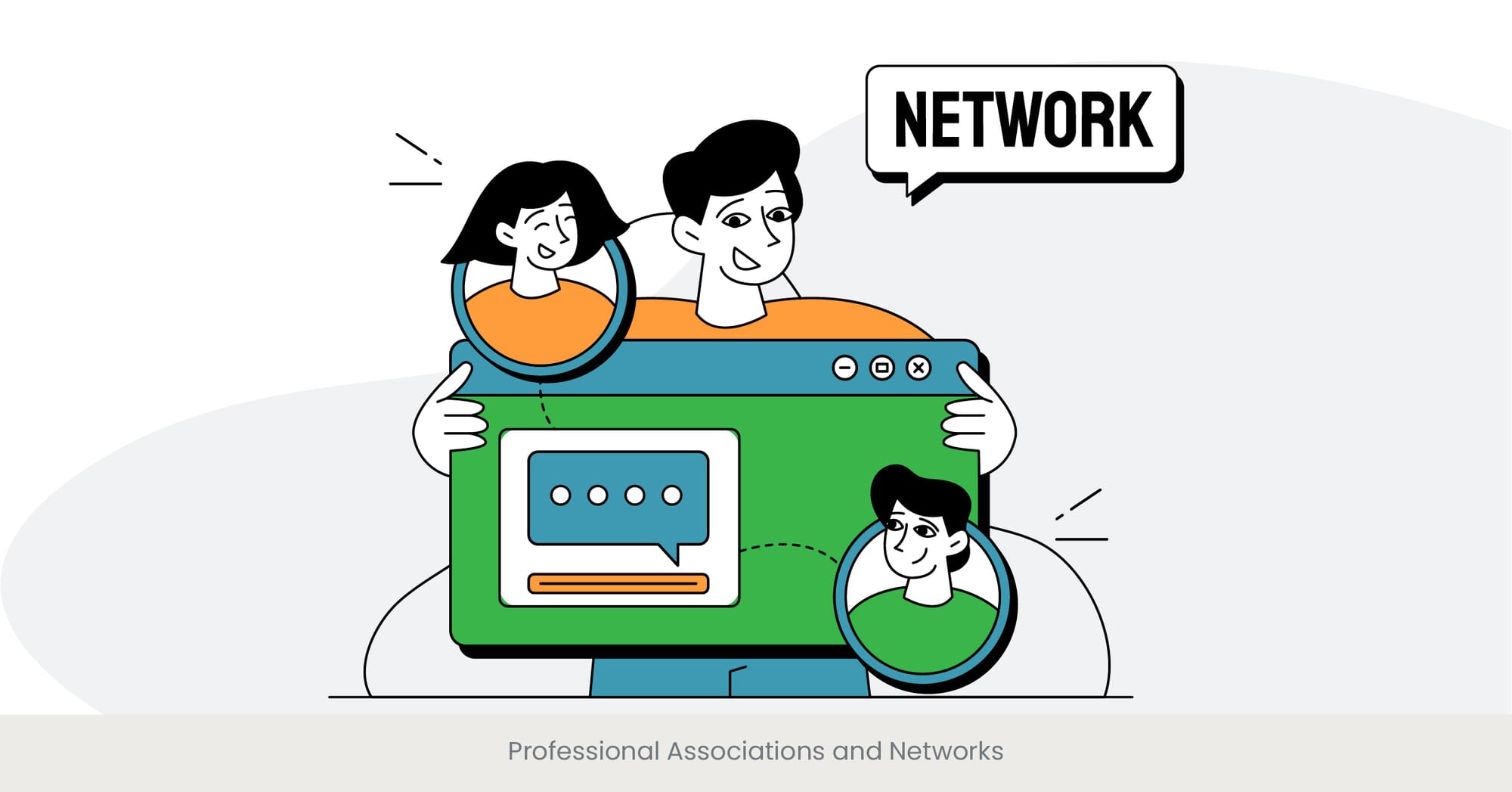
Introduction: Building Connections in the Design Industry
Professional associations and networks play a vital role in the career development of designers. These organizations offer a wealth of resources, including networking opportunities, educational programs, and industry insights. For coffee table book designers, joining a professional association can provide access to a community of like-minded professionals, enhancing their skills and expanding their professional network, leading to an enhanced creative flow for coffee table book mockups.
Background: The Role of Professional Associations
Professional associations have a long history of supporting designers and promoting excellence in the field. Organizations such as the American Institute of Graphic Arts (AIGA), the Society of Publication Designers (SPD), and the International Council of Design (ICoD) offer memberships that provide various benefits. These benefits often include access to exclusive events, publications, and online resources. Historically, these associations have been instrumental in setting industry standards, advocating for designers' rights, and fostering a sense of community among professionals.
Real-World Applications: Networking and Professional Growth
In practice, joining a professional association can significantly enhance a coffee table book designer’s career. For example, membership in AIGA offers access to conferences, workshops, and seminars where designers can learn from industry leaders and gain new insights into coffee table book design layouts. Networking events provide opportunities to connect with other professionals, potential clients, and collaborators. Real-world examples include designers who have found mentors, job opportunities, and project collaborations through their involvement in professional associations. These connections can lead to new projects and career advancement, making professional associations a valuable asset for any designer.
References and Validation
Networking and connections are vital in the design industry, but so is having the right tools. If you're ready to improve your coffee table book designs, check out INK PPT's services and blogs for inspiration and support.
Workshops and Online Courses
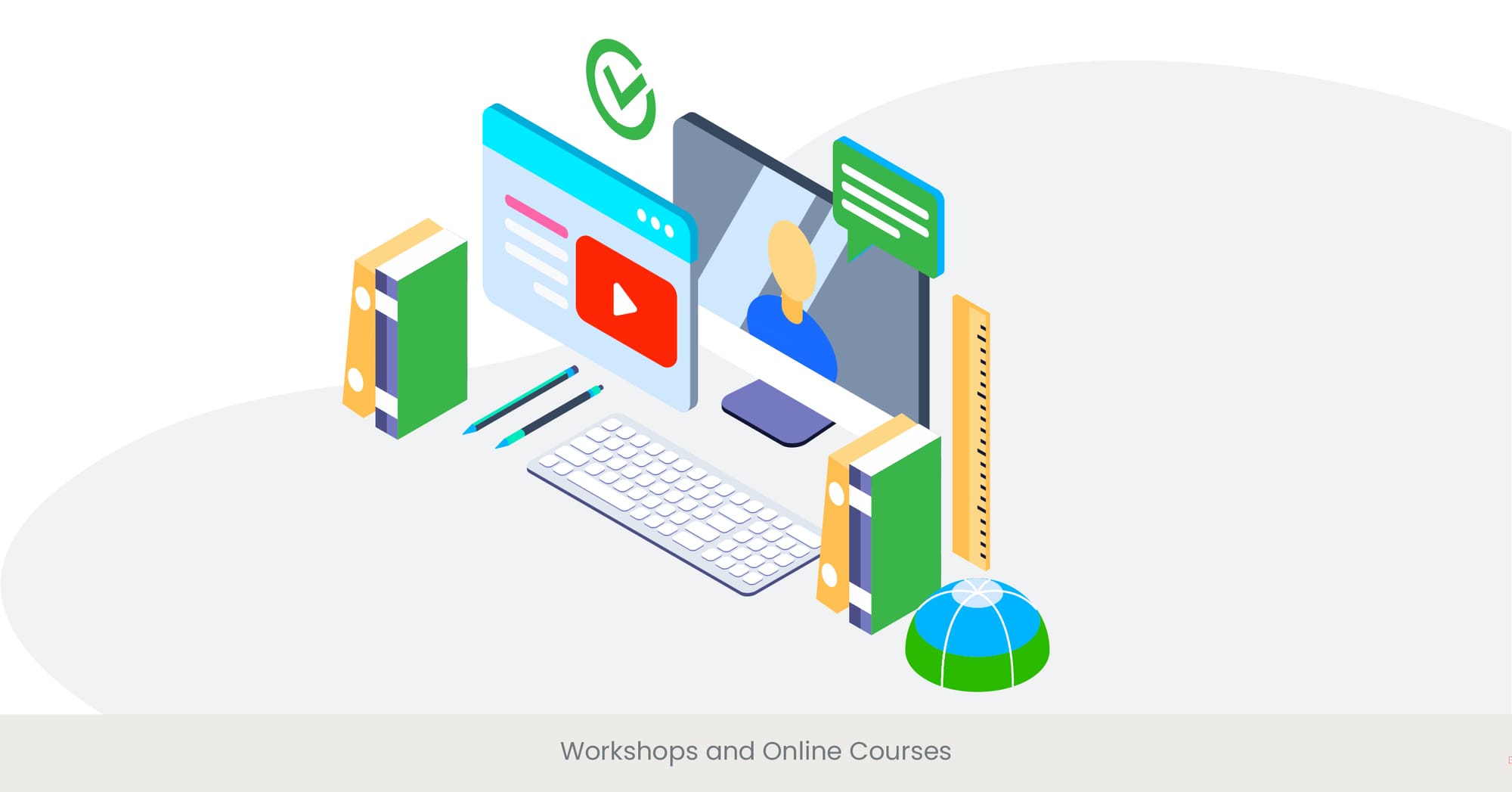
Introduction: Continuous Learning for Designers
Workshops and online courses are essential for designers looking to enhance their skills and stay updated with industry trends. For coffee table book designers, these educational resources provide in-depth knowledge on various aspects of design and printing, from typography and layout to the latest design software. Engaging in continuous learning through workshops and online courses ensures that designers can produce innovative and high-quality coffee table book design layouts.
Background: Evolution of Educational Resources
The landscape of educational resources for designers has expanded significantly with the advent of online learning platforms. Traditionally, designers relied on in-person workshops and seminars for professional development. However, online courses have become increasingly popular, offering flexibility and accessibility. Platforms such as Skillshare, Udemy, and LinkedIn Learning provide a wide range of courses covering different design topics. These courses are often taught by industry experts and cover both fundamental and advanced design techniques, making them suitable for designers at all levels.
Real-World Applications: Enhancing Skills through Learning
In practice, attending workshops and taking online courses can greatly benefit coffee table book designers. For instance, a designer might enroll in a course on Adobe InDesign to learn advanced techniques for creating compelling coffee table book layouts. Workshops focused on typography can help designers choose and apply fonts more effectively. Real-world examples include designers who have improved their design skills and created award-winning coffee table books after participating in specialized workshops. These educational opportunities provide practical knowledge and hands-on experience, allowing designers to implement new techniques and ideas in their projects.
References and Validation
The importance of continuous learning for designers is supported by industry research. According to a study by the American Institute of Graphic Arts (AIGA), 70% of designers believe that ongoing education is crucial for staying competitive in the industry. LinkedIn Learning's user data shows that courses on design software and techniques are among the most popular on their platform, indicating a high demand for these resources. Additionally, a report by Skillshare highlights that designers who regularly participate in workshops and courses are more likely to advance their careers and produce high-quality work. These references underscore the value of workshops and online courses in enhancing the skills and knowledge of coffee table book designers.
Stay ahead in the design industry by learning from the best. If you're looking for tutorials, guides, or case studies that dive deeper into coffee table book design, check out our detailed resources.
Books and Publications on Design
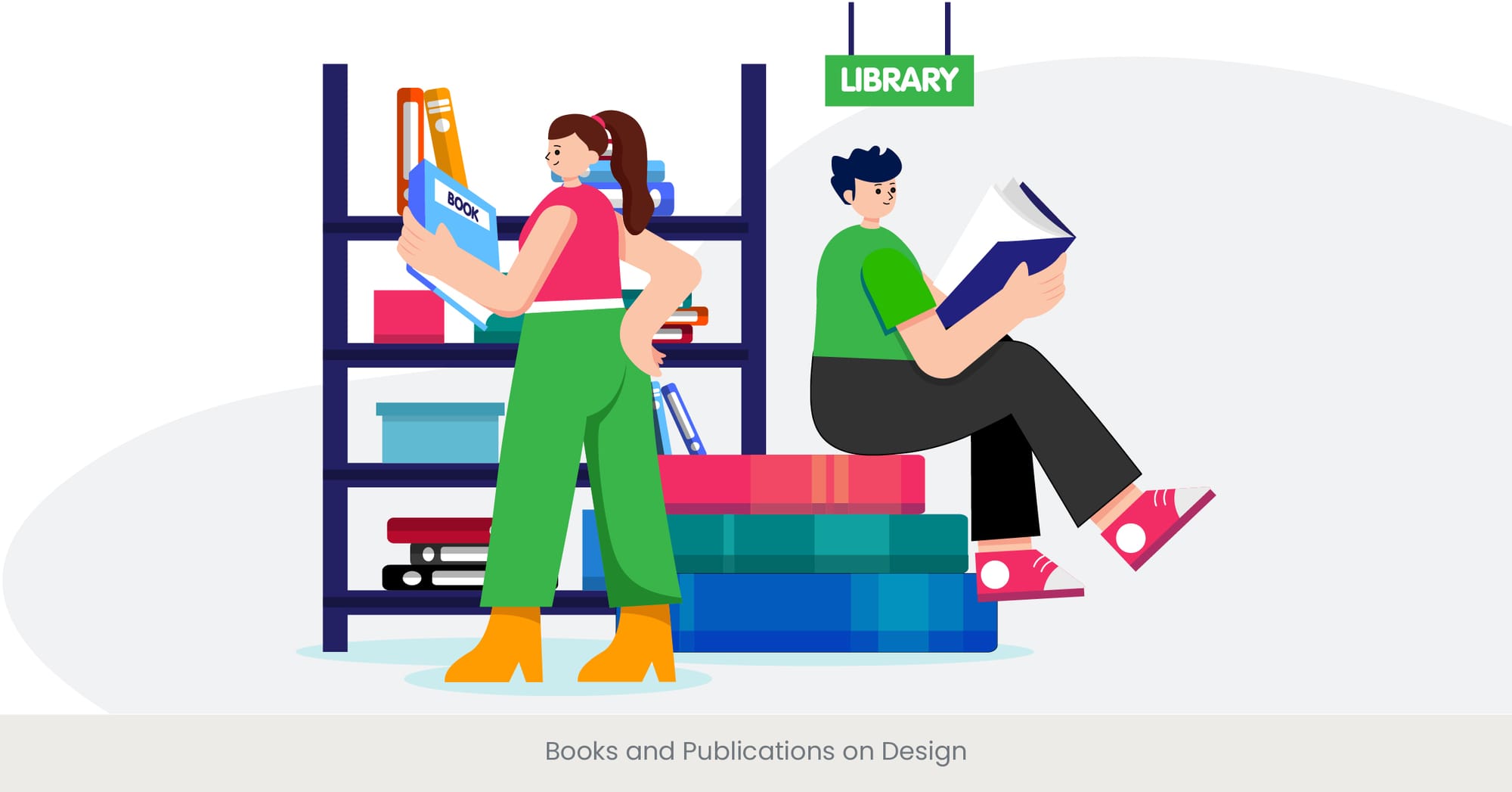
Introduction: The Value of Design Literature
Books and publications on design are invaluable resources for designers seeking to deepen their understanding of the field. These texts offer insights into design principles, trends, and case studies, making them essential for coffee table book designers looking to refine their craft. From foundational books on typography and layout to comprehensive guides on the latest design software, the literature available can significantly enhance a designer’s knowledge and skills.
Background: The Evolution of Design Publications
The evolution of design literature has mirrored the changes in the industry itself. Early design books focused on basic principles and manual techniques. However, with the advent of digital design, the scope of design publications has expanded to include a wide range of topics. Renowned books on board, such as "The Elements of Typographic Style" by Robert Bringhurst and "Grid Systems in Graphic Design" by Josef Müller-Brockmann have become staples in a designer’s library. Additionally, periodicals like "Communication Arts" and "Print Magazine" provide ongoing insights into current trends and industry developments. These publications serve as both educational tools and sources of inspiration for coffee table book designers.
Real-World Applications: Leveraging Design Literature
In practice, coffee table book designers can greatly benefit from the wealth of information available in design books and publications. For instance, a designer working on a coffee table book layout might refer to "Thinking with Type" by Ellen Lupton to improve their understanding of typography. Similarly, "Making and Breaking the Grid" by Timothy Samara can provide valuable insights into effective layout design. Real-world examples include designers who have successfully applied concepts from these books to create visually stunning coffee table books that stand out in the market. These resources help designers develop a deeper understanding of design principles and apply them effectively in their projects.
References and Validation
The significance of design literature is well-supported by industry experts and academic research. According to a survey by the Design Management Institute, 85% of designers consider books and publications to be essential resources for professional development. The American Institute of Graphic Arts (AIGA) emphasizes the importance of staying updated with design literature to remain competitive in the industry. Furthermore, a study by the International Journal of Design highlights that designers who regularly engage with design literature are more likely to produce innovative and high-quality work. These references underscore the critical role that books and publications play in enhancing the skills and knowledge of coffee table book designers.
1. How do you layout a coffee table book?
To layout a coffee table book, start by defining the theme and structure of your content. Use design software like Adobe InDesign to set up a template with consistent margins and guides. Incorporate high-resolution images and choose fonts that enhance readability and style. Balance text and visuals to create an engaging and cohesive layout. Review and adjust each spread to ensure visual harmony and a professional finish.
2. What size should a coffee table book layout be?
Coffee table books typically vary in size, but common dimensions include 8.5 x 11 inches, 10 x 12 inches, and 12 x 12 inches. The size should be chosen based on the content and purpose of the pictures in the book. Larger sizes are preferred for showcasing high-quality images and elaborate designs, while smaller sizes may be more practical for personal or casual collections.
3. How to make your own coffee table book?
Creating your own coffee table book involves several steps. First, conceptualize the theme and gather your content, including text and high-resolution images. Use design software like Adobe InDesign to layout your pages, ensuring a balance between text and visuals. Choose fonts and colors that complement your theme. Once the design is complete, export your file in a print-ready format (usually PDF) and choose a reputable printer. Pay attention to details like cover styles, paper quality, and binding to ensure a professional finish.
4. How many pages should a coffee table book be?
The number of pages in a coffee table book can vary widely depending on the content. Typically, coffee table books range from 100 to 300 pages. The goal is to provide enough content to engage readers without overwhelming them. Each page should offer value, whether through stunning visuals, engaging content, or a combination of both.
5. How much would a designer cost for making a coffee table book?
The cost of hiring a designer to create a coffee table book can vary based on their experience and the project's complexity. Generally, professional designers may charge anywhere from $1,000 to $10,000 or more. This cost covers layout design, image editing, typography, and overall project management. Some designers may also offer package deals that include multiple revisions and consultations.
6. How to design a good coffee table book?
Designing a good coffee table book involves careful planning and attention to detail. Start by defining a clear theme and gathering high-quality content. Use a balanced layout to ensure that text and images complement each other. Choose fonts and colors that align with the book's theme. Incorporate white space to avoid clutter and enhance readability. Finally, ensure that the book is printed on high-quality paper with a professional binding to give it a polished look.
7. Why are Assouline books so expensive?
Assouline books are expensive due to their high production quality and luxurious materials. These books often feature high-resolution images, premium paper, and handcrafted bindings. Additionally, Assouline books are known for their exclusive content and limited editions, which add to their value. The brand's reputation among customers for producing visually stunning and high-quality books also contributes to their premium pricing.
8. What are coffee table books called?
Coffee table books are often referred to as art books, photography books, story,, or illustrated books, depending on their content. They are designed to be visually appealing and are typically displayed on coffee tables or other prominent places in the home. These books are meant to be browsed and enjoyed for their aesthetic value and engaging content.
9. How to design a good coffee table book?
To design a good coffee table book, start by defining your theme and gathering high-quality images and text. Use design software like Adobe InDesign to create a balanced layout that integrates text and visuals seamlessly. Choose fonts and colors that enhance the overall aesthetic. Ensure that the book is printed on high-quality paper with a professional binding to give it a polished look. Pay attention to details like white space, margins, and overall visual harmony.
10. Do people still use coffee table books?
Yes, people still use coffee table books. Despite the rise of digital media, coffee table books remain popular as decorative items and conversation starters. They are valued for their visual appeal and ability to showcase art, photography, and unique content in a tangible format. Coffee table books continue to be a beloved element of home decor and a way to express personal interests and style.

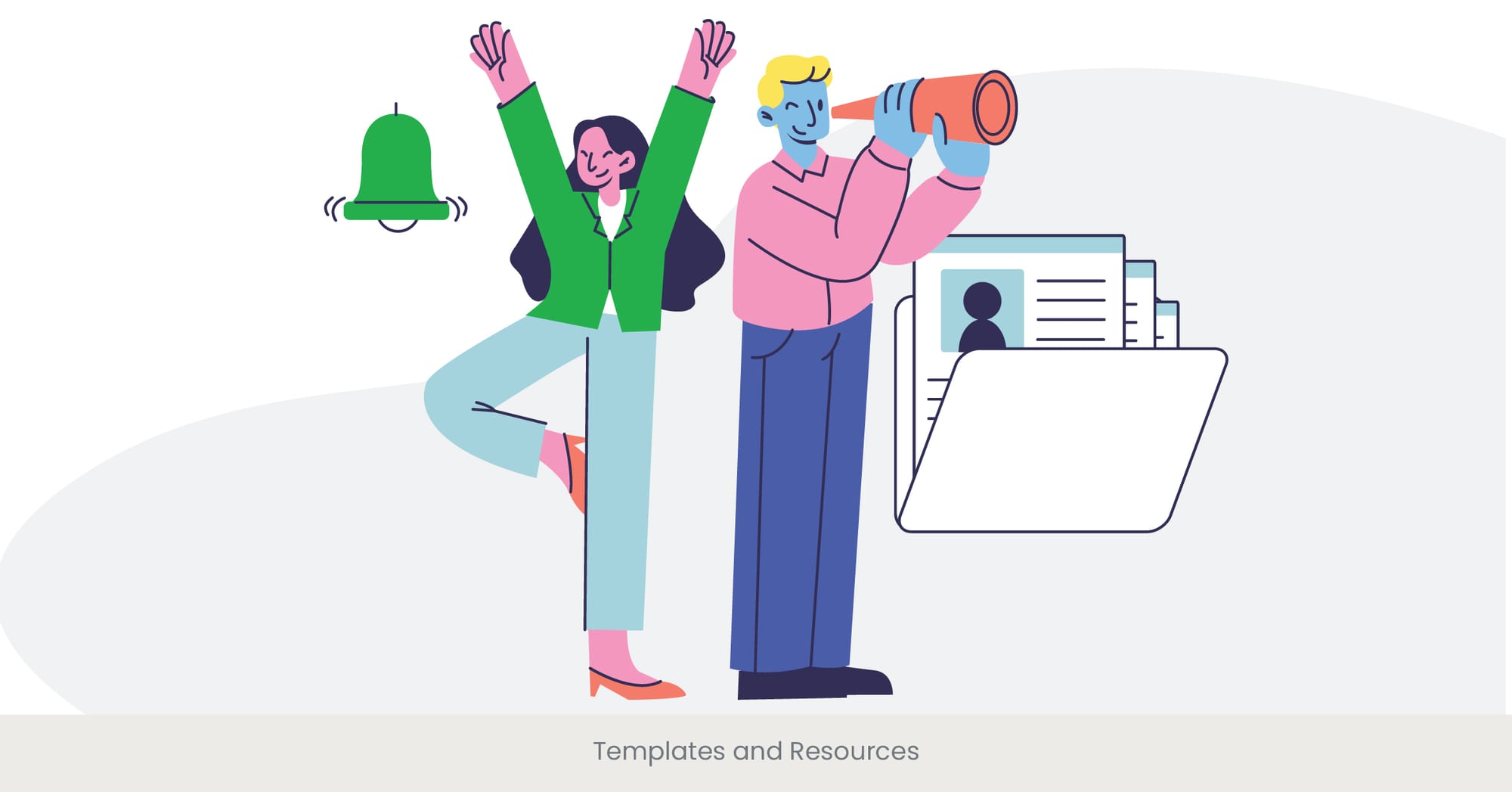

%20(1).jpg)
%20(1).jpg)
